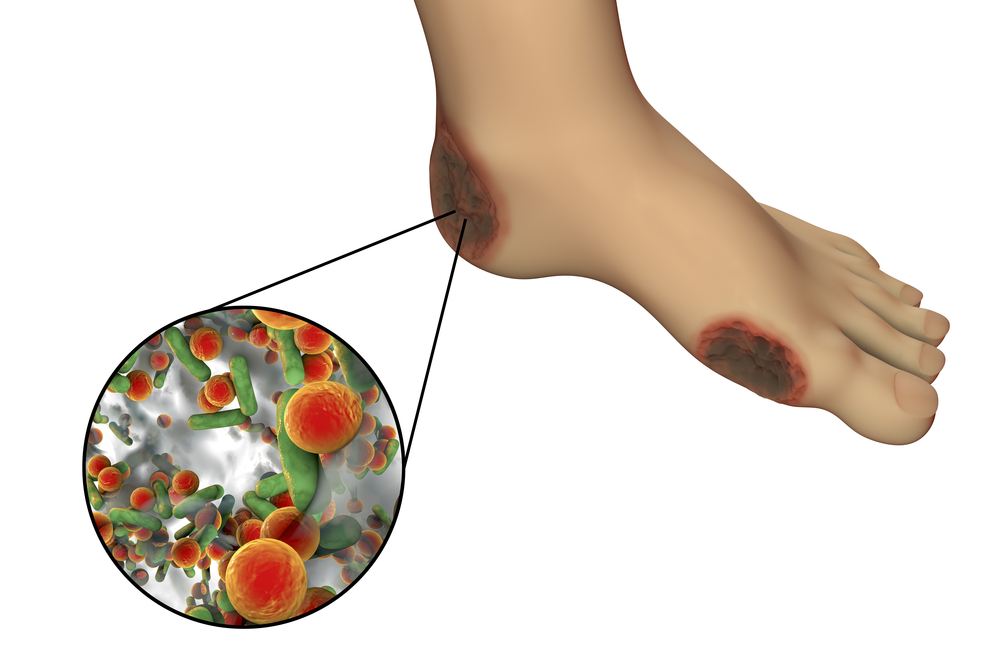Volume 32, Nº 6, November and December 2019
DOI: http://www.dx.doi.org/10.5935/2359-4802.20190021
CASE REPORT
Physical Exercise for Active Skin Ulceration Secondary to Peripheral Arterial Occlusive Disease
Jefferson Petto
Marvyn de Santana do Sacramento
Fernanda Oliveira Baptista de Almeida
Jorge Bomfim Frós de Farias
Euvaldo de Almeida Rosa

Introduction
Peripheral arterial occlusive disease (PAOD) is a chronic, initially subclinical, and characteristically inflammatory disease that mainly affects the carotid arteries and lower limbs.1,2
When in the lower limbs, it causes intermitente claudication, associated with a shortened leg gait, cyanotic extremities and decreased muscular force associated with sarcopenia below the obstruction site. At more advanced stages, it can cause ulcerations that are difficult to heal, due to the decrease in blood flow.
The final stage of pathophysiology is completed with a trophic lesion and consequent amputation of the affected limb, leading to a decrease in the quality of life and to functional limitations in activities of daily living.3 This results in increased costs generated by the treatment and impaired productive capacity of these patients.3,4
Chronic systemic arterial hypertension (SAH), diabetes, smoking, and dyslipidemia are the four main triggers of atherosclerotic disease. Usually individuals with lowerlimb PAOD are associated with one or more of these four factors. Therefore, all patients with one of these four factors should be investigated for the presence of PAOD.2,3
Keywords: Peripheral Arterial Disease/complications; Skin Ulcer/complications; Risk Factors; Exercise; Intermittent Claudication; Sarcopenia.











